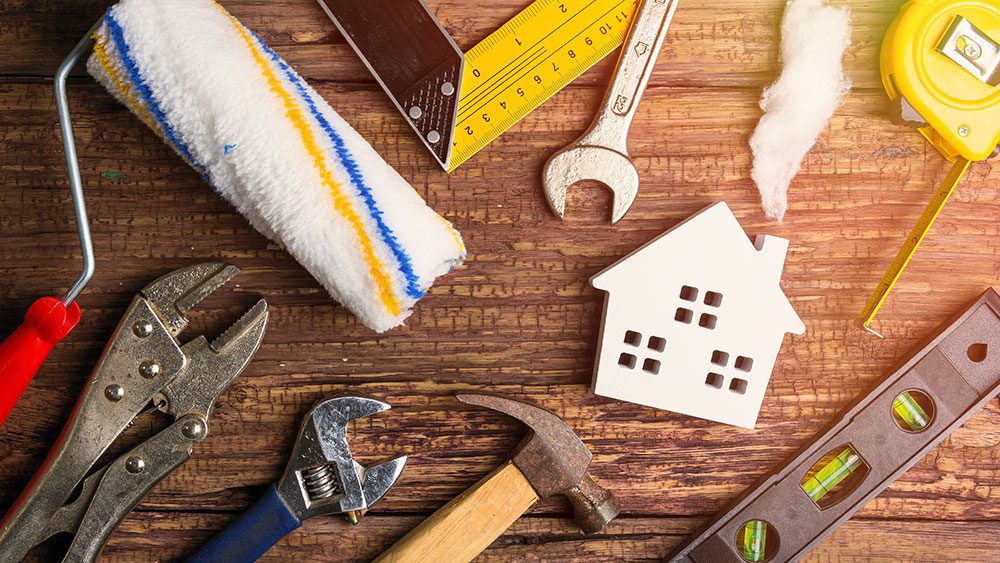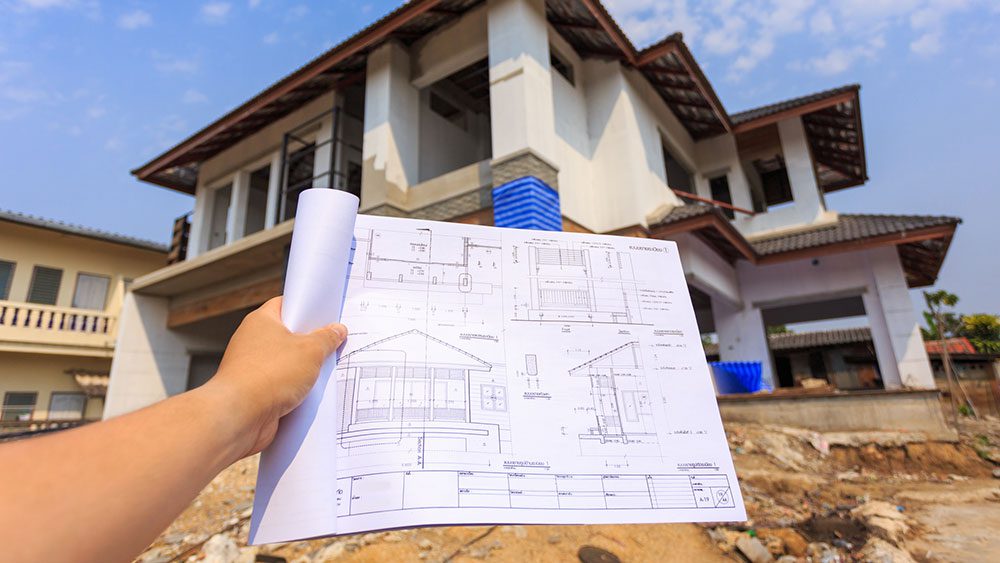The number of homes sold peaked at almost 7 million in 2021 after steady growth in the previous ten years. Although sales will likely drop in 2023, many people still want to purchase their first home. Besides budgeting to buy the home, homebuyers must also set aside funds for home maintenance.
Purchasing a property is one thing; maintaining it is where most first-timers struggle. The main reason for this challenge is the lack of budgeting. Unfortunately, the excitement of owning a house makes many homebuyers forget about maintenance costs.
Every house requires ongoing tasks and occasional repairs to increase its value and make it comfortable and energy efficient. Unfortunately, these mini-projects can quickly eat into your savings if you don’t anticipate them.
Tips for Creating a Budget for Home Maintenance When Buying a Home
Creating a home maintenance budget is a crucial step in owning a home. Here are some tips to help you create an effective home maintenance fund.
Set Aside a Reserve Fund
According to CNBC, the average cost of home maintenance in 2022 was $6,000. This amount includes planned and unpredicted spending, with the latter costing homeowners about $2,000.
Of course, this isn’t a standard figure, as the exact costs may vary with specific maintenance projects. Nevertheless, it’s still wise to anticipate these expenses and set aside a reserve fund to avoid surprises.
But how much do you need? As a rule, you should have at least 2% of the home value in your reserve account. So, for instance, if the value of your new house is $300,000, you’ll need $6,000.
Alternatively, you can use the square foot rule. First, determine the size of your home; then, you set aside $1 for every square foot. So, if your home measures 2,000 square feet, it may demand $2,000 annually in repairs. Therefore, ensure you have at least that amount in your reserve fund account.
Remember, the costs will vary with the age of your property. Older houses require regular maintenance and repairs, which usually means more money.
Also, you may need more funds for occasional significant repairs like plumbing and roof replacement. Therefore, consider adjusting the amount above accordingly.
Save Monthly to Your Reserve Account
Saving $6,000 or more at once can strain your financial plans, especially after spending on the home purchase and moving. The best option is to split the amount into monthly installments.
For instance, you’ll have to save about $500 monthly for a $6,000 annual reserve fund. So, include this amount in your monthly budget and adjust it according to property upkeep needs. You can also increase the amount per installment to reduce the months you need to hit your target.
Some home damages are unpredictable and can occur at any time. Therefore, your savings must be accessible in case of such emergencies.
Separate Long-Term and Short-Term Needs
As mentioned, it’s easier to fund your maintenance reserve account slowly. But you can simplify it further by creating short-term and long-term financial goals.
Short-term needs include regular repairs that will likely occur in a few months. Electrical system maintenance and repair is a good example. Also, unpredictable maintenance needs can fall under this category. As discussed above, the 2% of your home value can cater to all requirements in this section.
You’ll need more money for significant repairs. For instance, roof replacement and other renovations can be costly. Fortunately, such projects occur once in many years.
High-value roofs can last 20 years before they demand replacement. So, it’s helpful to create a different account and start saving for the inevitable. Ensure that you have the necessary financial resources before that time elapses.
But how will you do it, considering you also save for regular property upkeep? Again, the best technique is to distribute the whole amount across several months or weeks.
For instance, if your target is $10,000 in the next ten years, you can plan to save $1,000 per year. Redistributing that amount into monthly installments makes it easier.
Closing Points
Home maintenance is essential because it can add value to your home and make it comfortable for your family. However, maintenance may be difficult when you don’t have the necessary funds.
Therefore, it’s helpful to save some amount regularly to shield yourself from the financial stress that results from these repairs. You can calculate the amount to set aside based on the home’s value or physical size.
Whichever option you use, you’ll likely arrive at a figure that fits your house’s maintenance needs. Saving that monthly amount will help reduce the pressure. Also, don’t forget to separate short-term and long-term maintenance needs.
© 2024 xpertRealtyMarketing.



